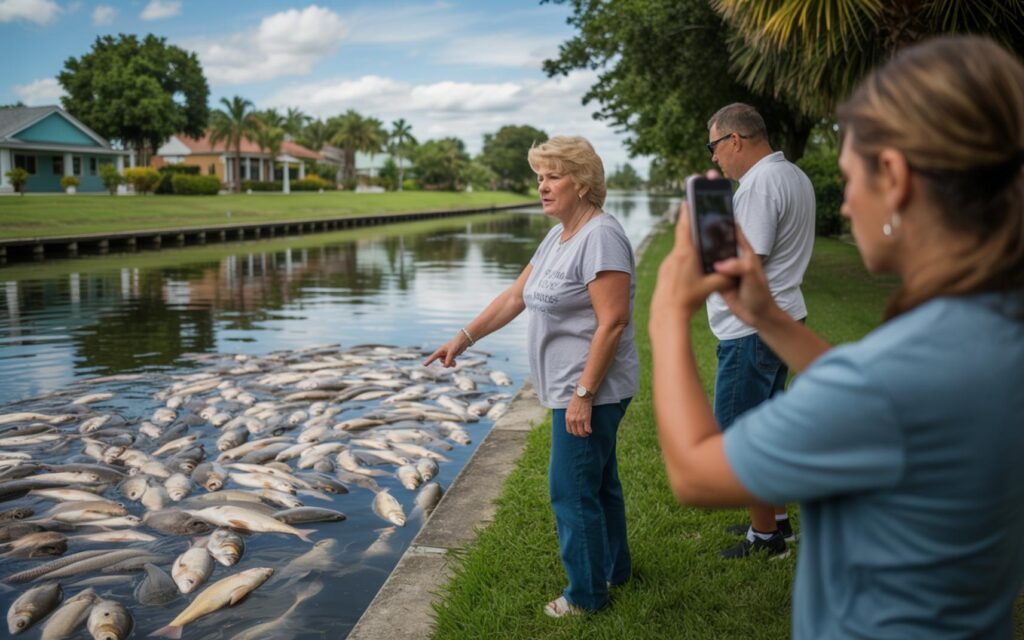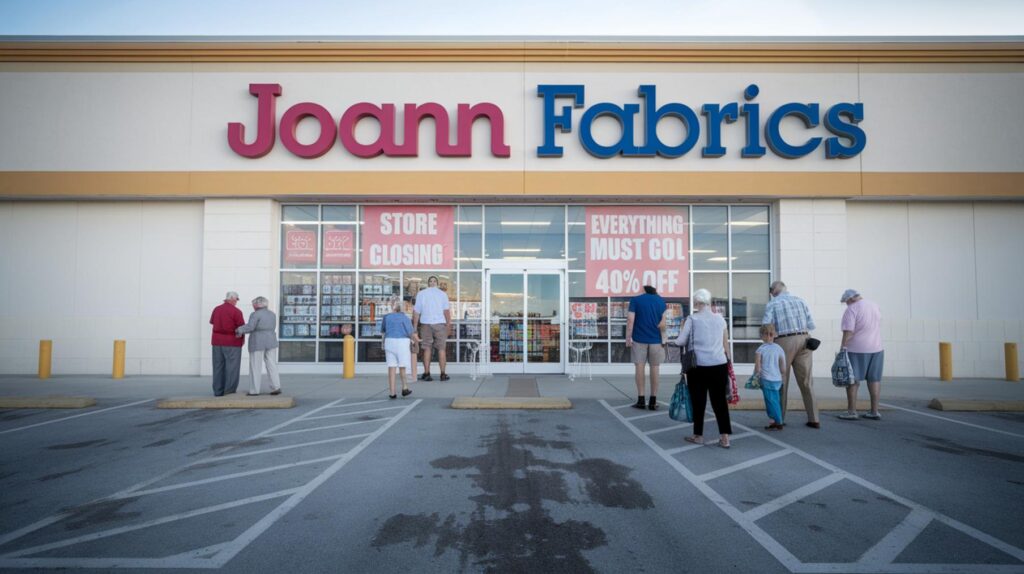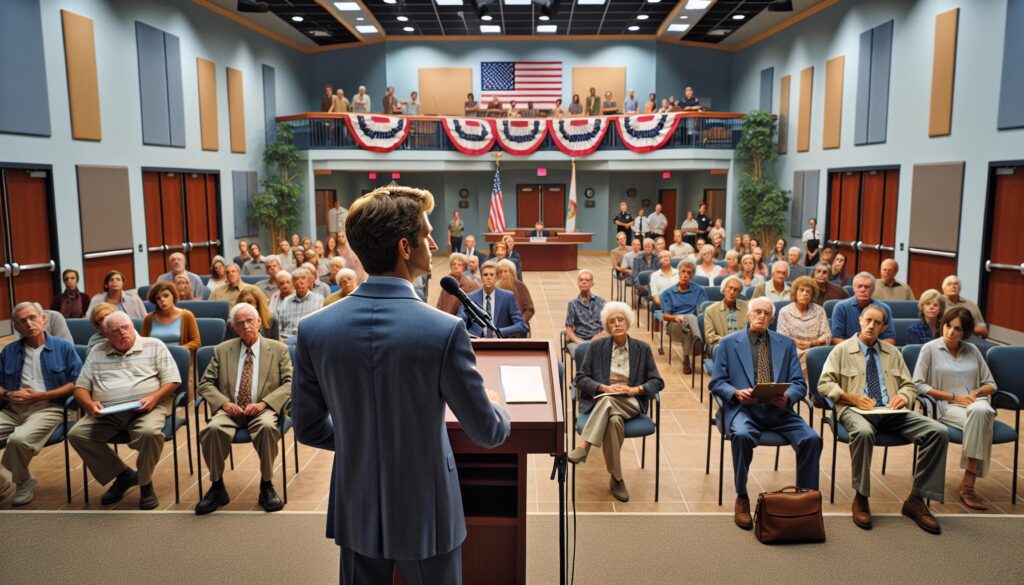Cargo Ship That Caused Deadly Baltimore Bridge Collapse Departs U.S. as Owner Faces Lawsuit
The cargo ship responsible for the catastrophic collapse of a bridge in Baltimore has left the United States, leaving behind a trail of devastation and legal battles. This unfortunate incident has sparked discussions about maritime safety regulations and the responsibilities of shipping companies.
The Incident: Baltimore Bridge Collapse
In a tragic turn of events, a cargo ship collided with a bridge in Baltimore, leading to a deadly collapse. The incident not only disrupted the lives of countless individuals but also posed significant challenges for the local infrastructure and emergency response teams.
Legal Repercussions for the Ship’s Owner
As the owner of the cargo ship faces a lawsuit, there are numerous legal questions to be addressed. The lawsuit aims to hold the ship’s owner accountable for the damages and loss of life caused by the collapse. This legal action could potentially set a precedent for similar incidents in the future.
Impact on Maritime Safety Regulations
- Analysis of current maritime safety measures
- Potential changes to shipping safety protocols
- Implications for international maritime laws
In light of the Baltimore bridge collapse, there is a growing call for stricter maritime safety regulations. Officials are reviewing existing protocols to prevent such tragedies from occurring again. These discussions may lead to more stringent safety measures for cargo ships operating in U.S. waters.
Community Response and Recovery Efforts
The local community has shown remarkable resilience in the face of this disaster. Recovery efforts are underway to restore the infrastructure and provide support to those affected by the collapse. Various organizations and volunteers have come together to assist in the rebuilding process.
Future of the Ship’s Journey
Despite the ongoing legal battles, the cargo ship has departed the U.S. It remains to be seen how the lawsuit will impact the ship’s future journeys and the operations of its owner. This incident may serve as a wake-up call for the maritime industry to prioritize safety and accountability.
Conclusion
The departure of the cargo ship that caused the fatal Baltimore bridge collapse marks a significant chapter in this ongoing tragedy. As the lawsuit progresses, the focus remains on ensuring justice for the victims and implementing measures to prevent similar incidents. The maritime industry must heed the lessons from this disaster to enhance safety standards and protect lives.

































